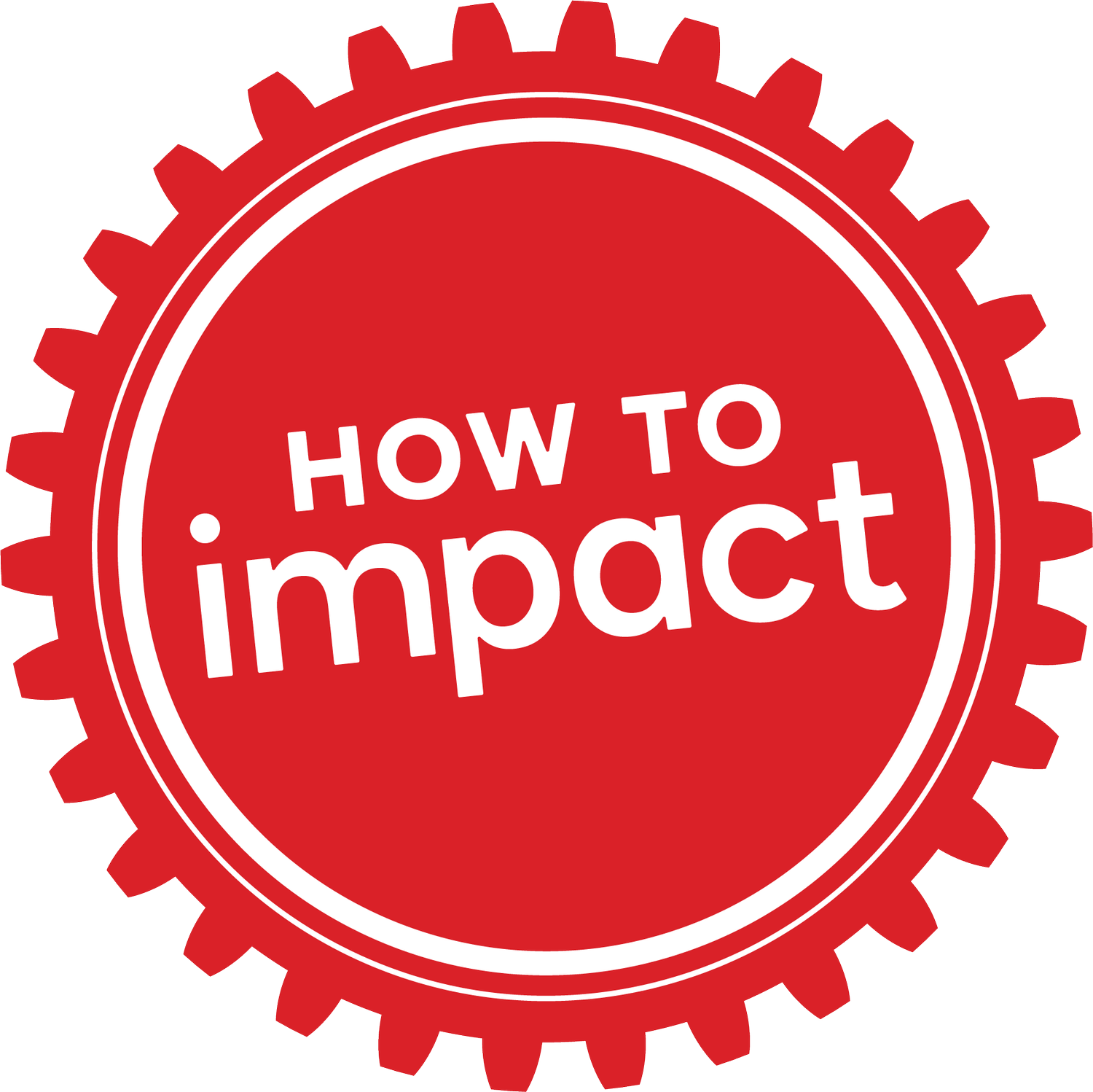4 Mindsets to Help You Innovate in Healthcare (Without Harming Anyone)
This article is part of a two-part series by Matt Whale, on how to Rush Slowly for Health Care Innovation. You read Part 1 Here.
Last week I shared some insights into the conflicting need to rush slowly in healthcare innovation: to move at pace within large and complex organisations, without harming patients and consumers.
This question has been frustrating me for years, as the gap between organisations’ ambitions to be disruptive and the risk-averse reality has grown and grown.
So, we spent almost 3 years looking at this challenge across multiple industries. We talked to nearly 60 innovation leaders in Australia (including Cure Brain Cancer, EPIC Pharmacy, BUPA and Mission Australia), ran extensive quant work with UNSW’s Future Minds Lab encompassing over 600 organisations, built a model, ran 4 pilots and finally designed an Innovation Performance Framework that has a culture of experimentation at its heart.
Part of the answer for healthcare (and the majority of industries) is to embrace this culture of experimentation. Here are 4 core mindsets that power it:
Leadership Mindset: Set a Clear Vision for Innovation and Elevate Problem-Centricity
One of the most common complaints I hear is that people are not proactive enough around innovation: “why don’t I hear more suggestions and ideas?”
In our Innovation Performance research, teams rated their problem-solving skills at an average 79%, but ‘proactive creativity’ was rated at just 28%.
What we found was that the majority of teams were unclear what the key innovation focus areas of their organisations actually were… and even if they knew them, the majority had few (or no) skills to help them follow through.
Compare this to Cure Brain Cancer, who we spoke to in our research. In 2013, they clarified their mission as an organisation: ‘to increase the 5-year survival rate for brain cancer to 50% by 2023’ (set in 2013). It doesn’t leave a lot to interpretation and everyone, within and beyond the organisation, knows exactly what they are working towards.
This single-minded, mission-oriented focus permeates every aspect of the organisation and if anything feels off-mission, it can be questioned – in the same way that good ideas that promote the vision gain quicker support. It’s a culture of vision-driven empowerment.
If you set a vision for innovation, you help teams to make their own decisions about where to explore and champion ‘Positive Ambiguity’ and problem-centricity through design thinking methodologies.
Discovery Mindset: Build an Empathy Habit
If you’ve ever accompanied the parents of a child with a chronic and complex condition through the stressful four and half hours of their 6-monthly consultation at a children’s hospital, you’d know that very few digital apps will be used by them in that environment. They’re meeting a completely new set of doctors and consultants, all of whom are under immense time-pressure, dealing with new information at every turn and trying to remain calm. Only through deep empathy can we understand the role an app can and should play.
There are two parts to building an empathy habit:
Firstly, reinforce the need to get out into the real world and observe what really happens – find out whether that junior doctor genuinely has time to use the brilliant app you’re prototyping, or whether patients actually think and behave the way that we expect them to.
Secondly, create sufficient ‘participation pathways’ for people right across the organisation to have this same experience, so that everyone becomes a voice of the patient/user in the room (not just the select few).
Collaboration Mindset: Give Permission for ‘Authentic Dissent’
In the past few years we threw out our tried-and-tested brainstorming approach, after learning about the power of ‘authentic dissent’ in improving the quality AND quantity of ideas and decisions.
In fact, a study from the entire population of hospitals in 3 US states showed that when members 'openly expressed a difference of opinion' the quality of the decision was better. Such decisions were seen as more financially responsible and as contributing to the hospital’s overall effectiveness.
So, we replaced our traditional brainstorm approach with a ‘Positive Troublemaking’ method.
It draws on this idea of fostering structured criticism (authentic dissent). But for authentic dissent to work, you need a genuine diversity of opinion in the room in the first place (playing devil’s advocate doesn’t work), and permission from leaders to dissent. It’s about bringing the right people together, and giving them their own voice.
Learning Mindset: Don’t Tolerate Failure, Re-frame It as ‘Business Experiments’
A lot of organisations talk about ‘tolerating failure’ – I think that’s bogus. That’s just not how we’re programmed by school and professional education.
If you want people to be fearless, you don’t accept failure, you re-frame it.
Too many organisations say it’s ok to fail, and then ‘punish’ failure. In our research, we found that team leaders consistently over-estimated their team’s acceptance of failure by almost 200%. Clearly there is a major disconnect happening between a leader’s perception of tolerance of failure and their teams.
But, if you treat innovation challenges as ‘business experiments’ then the focus shifts to getting results and learnings, all of which are valuable. There is no ‘pass or fail’. There is just vital information to inform how and whether to proceed with investment.
You – we – need to change the lexicon from ‘accepting failure’ to ‘learning as quickly and thoroughly as possible’. Which means that we need to share the lessons of those experiments with the organisation so that everyone can benefit from them, and pivot or halt as required.
Simply shifting mindsets it’s not the whole answer, obviously, but they can be a powerful guide for how to re-think innovation capability and design frameworks for innovation that balance speed and rigour – in healthcare and beyond.


